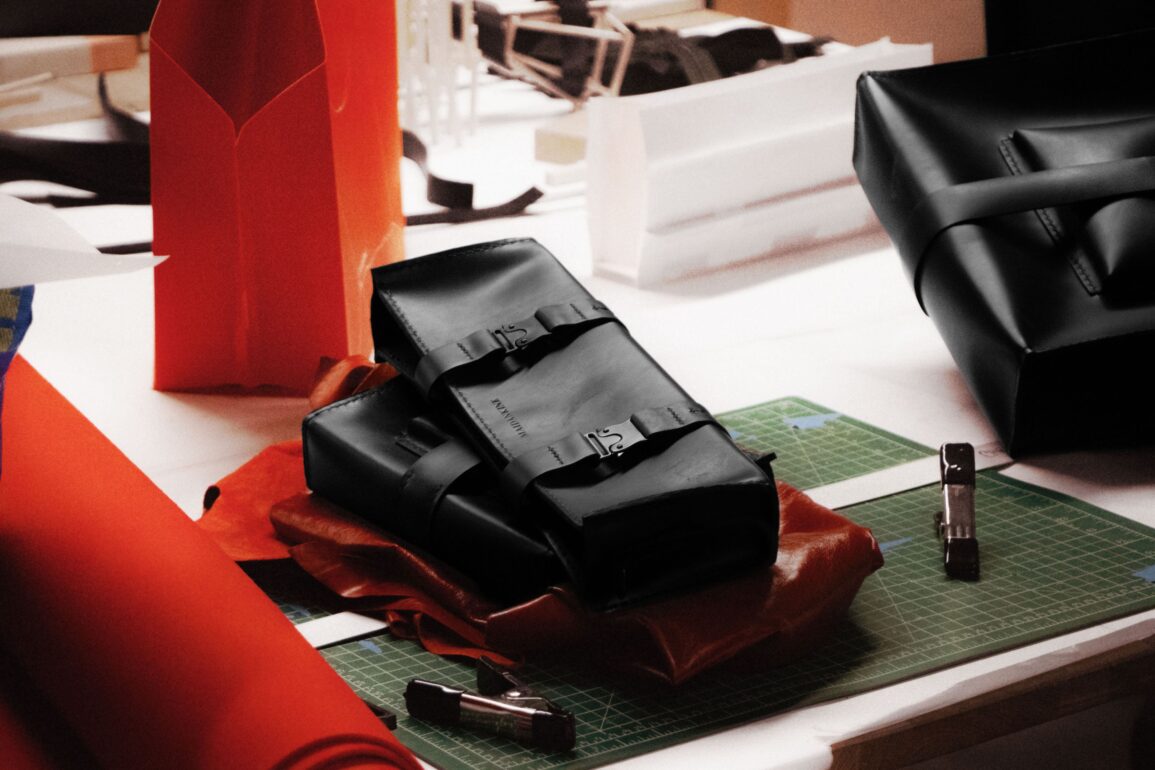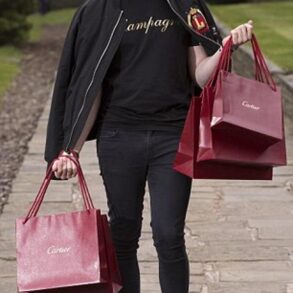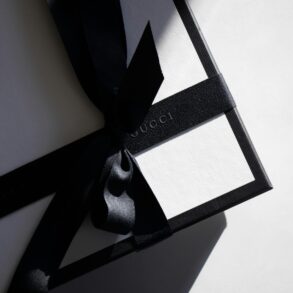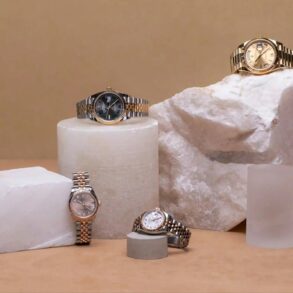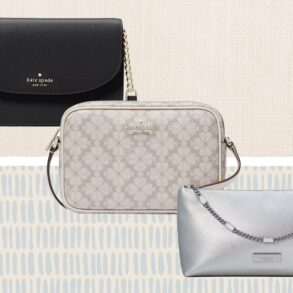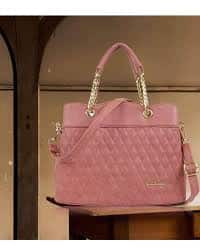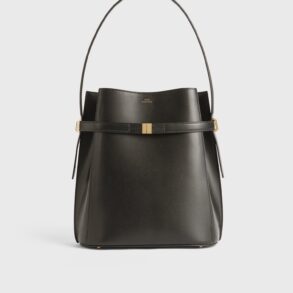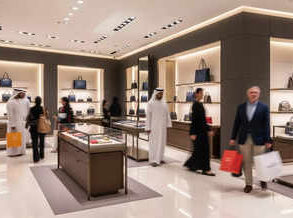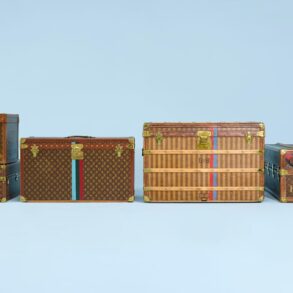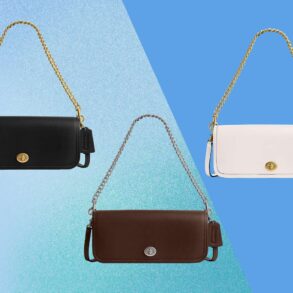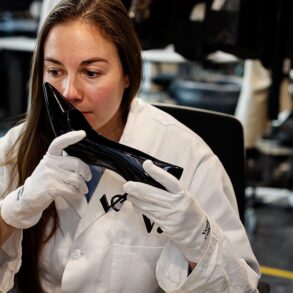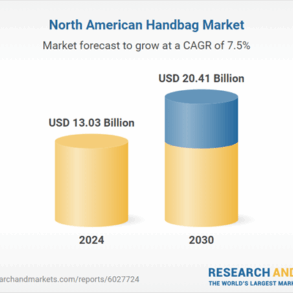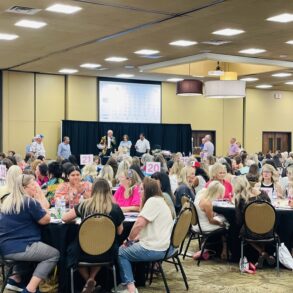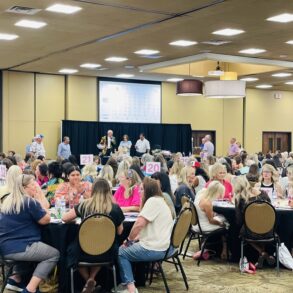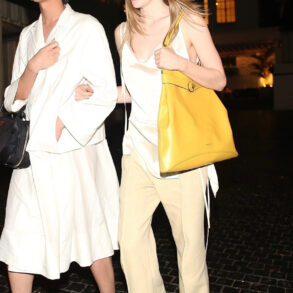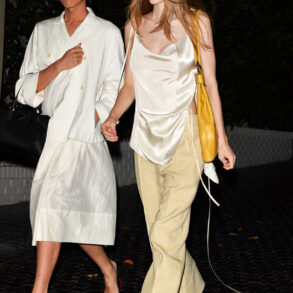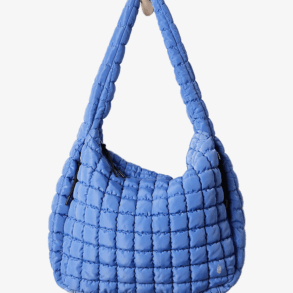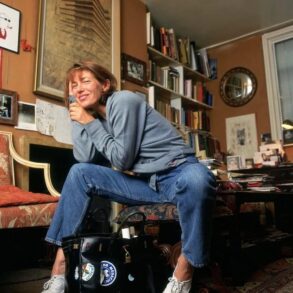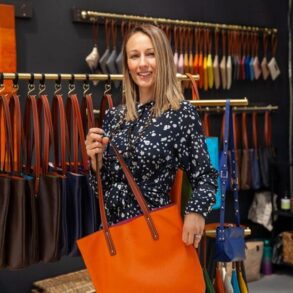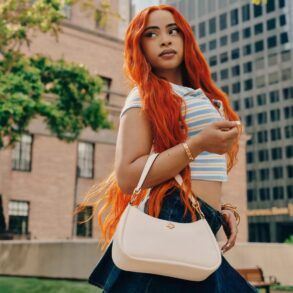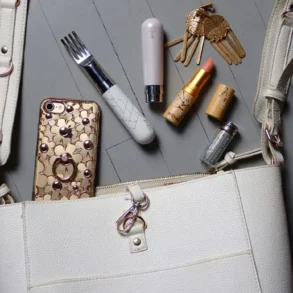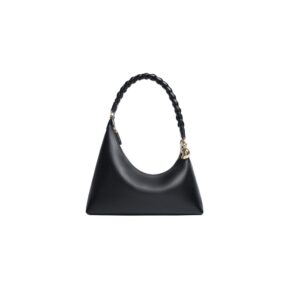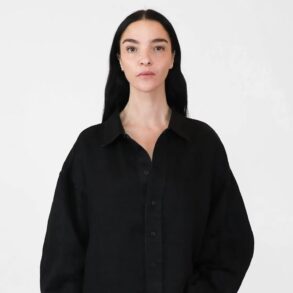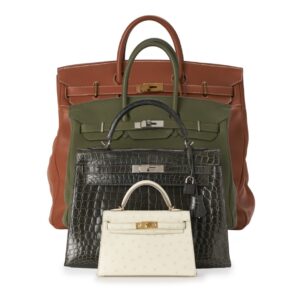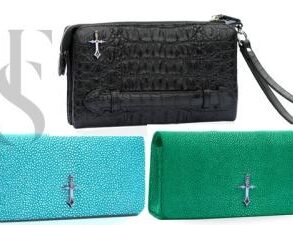
The brand’s stylish, hand-sewn-in-Toronto leather goods are the ultimate urban accessory
In the big city, you’re only as powerful as your handbag. Many people invest in statement bags to signify style or status—but for busy urbanites, a great carryall is even more important when it comes to having easy access to on-the-go essentials. Sure enough, Christian Maidankine, the Toronto designer behind the leather goods brand Maidankine, sees his fashionable totes and shoulder bags as a way to help people carve out their own small corner of the world. “A bag is a tool that allows us to occupy space—whether we’re just going to a coffee shop for 30 minutes or packing for a full trip,” he says. “Once we put our personal possessions into our bags, we feel like we can handle the journey—we feel secure. Then when we get to a new place, we settle in by unpacking our things and we begin to belong.”
As his keen perspective on the urban landscape might suggest, Maidankine runs his eponymous bag brand as just one part of a multi-faceted design career. After earning his master’s in architecture from TMU in 2024, he spent a year working at LeuWebb Projects, which specializes in public art; he has also contributed to residential projects at Stephane LeBlanc Architects. “I have been balancing all these different scales of design,” he says. As with other fashion designers who studied architecture (see also: Virgil Abloh, Tom Ford and Gianni Versace) Maidankine incorporates lessons from the built environment into his products. Constructed with bold, seatbelt-like buckles, his all-black totes would look right at home in the typical architect’s wardrobe, while his shoulder bags (which are available in black as well as bright red) feature avant-garde silhouettes that pair trapezoidal bases with sculptural rounded straps, creating a fun dynamic between solid and void.
Another architectural connection comes through in the material that Maidankine has chosen for his bags, which—like many of the best building components—will weather and age over time. “I’ve had a few of my pieces for the past three years, and it’s been really nice to see the hides develop patina and character,” he says. The rigidity of the material was another important part of its appeal. Maidankine was originally driven to develop his bag designs because he was frustrated with other totes that slouched or collapsed when he set them down. “I wanted something that would hold its own even when it’s being stored—something that would be its object, and maintain this consistent shape,” he says. He found the solution in thick, unlined leather. “It’s very durable, it has a permanence, and it just has such a fascinating journey coming from a natural source,” Maidankine says. “I’m using cowhide specifically, so I see it as a waste product of the meat industry—and I would much prefer to use a natural material and a waste product than to be producing a cheaper, more disposable plastic alternative.” That said, he notes that he’s also looking into other products, like plant-based alternatives or leather sourced specifically from invasive species for possible use down the road.
After teaching himself to sew while designing his initial prototypes during the pandemic, Maidankine has continued to hand-stitch every bag he produces. “I was looking at a lot of videos of traditional techniques and different types of stitching on YouTube, but also at bags in fashion magazines,” he says of his early research process. As a result, his finished products marry artisanal production methods with 21st-century style. “There’s a traditional type of leather craft that I appreciate, but don’t really connect with aesthetically,” he acknowledges. “So part of my goal was to take a traditional crafting process and give it a more contemporary design.” Maidankine also notes that he has aphantasia, which means that he is unable to visualize images. “Rather than working through things in my head, I have to draw them and make models that I can see in front of me,” he says. “Figuring out what the bags needed to support their volume, and the placement of the hardware took some trial and error. But my thesis in school was about remaining present and grounded in what you’re doing, and that continues to drive all the design work that I do.”
As he has established his business, Maidankine has promoted his work through a series of installations presented during January’s annual DesignTO Festival. The most recent one, “Artifacts of Place,” a window display presented at Sixteen Eleven Studios on Dundas Street West, saw him expand beyond bags to imagine a series of vases and vessels handcrafted with natural vegetable-tanned leather. “It was an exploration of home objects versus bags — looking at the objects of ritual that we keep and carry with us as we move around into different homes,” Maidankine says. He continued that theme in his contribution to Umbra and DesignTO’s 2025 group exhibition, “Surface Impressions,” which invited nine designers to develop prototypes made using recycled leather. Maidankine contributed Hold Tight, a crate that wrapped the thin leather around a rigid wood frame. “I was trying to think about the properties of leather, and what it can do well that another material cannot,” he explains. “Leather is especially good at staying taut and holding tension.”
The previous year, another DesignTO window installation—“Carriers of the Everyday,” this time presented in the window of Milky’s coffee shop on Dundas Street West—displayed a Maidankine bag alongside the tools used to create it. Conveying a deeper appreciation for the process that goes into his bags also drives Maidankine’s approach to social media, where he regularly posts shots of him cutting pieces or punching straps. “These take time and effort, and I think that can go completely unnoticed when someone sees a bag in a store,” he says. So far, his strategy seems to be resonating: Many of his customers are in the United States and have discovered his work online. Each bag is made to order and takes about two weeks to produce, factoring in the time that it takes to receive leather from a supplier in Vancouver.
As an artist-in-residence at Harbourfront Centre, Maidankine operates out of a studio space in the cultural organization’s Craft and Design Studio, alongside other makers who specialize in a full range of disciplines. “I’m thinking of doing some custom metal elements for new designs, so I’ve been speaking to some of the metalworking artists there for advice and about possible collaborations,” he says. He points to brass as a material that he’s especially eager to work with. “Like leather, it also forms a kind of patina,” he says. After all, part of the charm of a bag is the way that it grows to reflect our day-to-day experiences. In fact, a well-worn tote might just be the ultimate status bag.
This post was originally published on this site be sure to check out more of their content.


